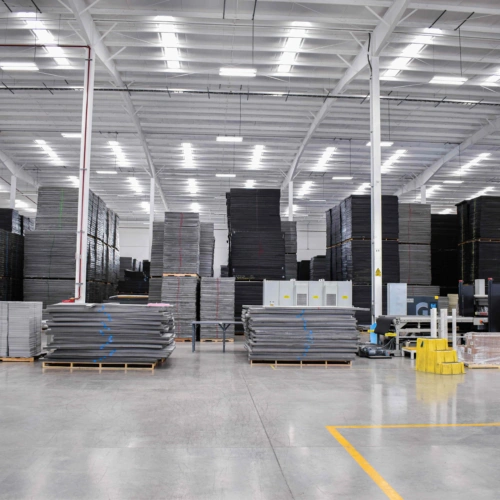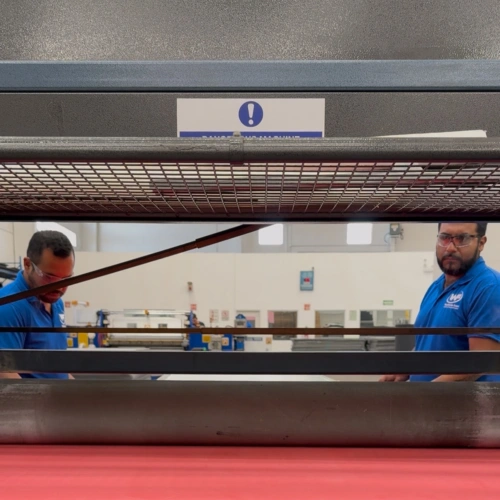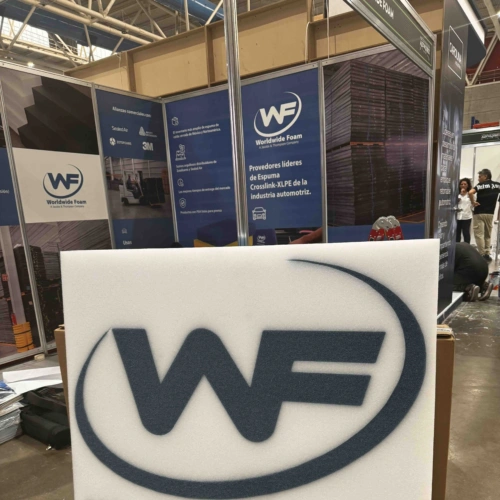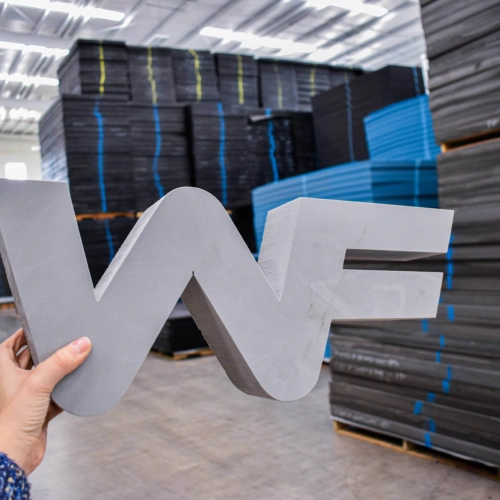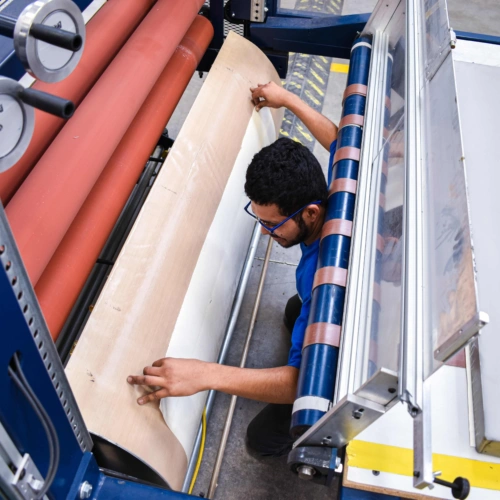| January 31, 2025
In the packaging and product protection industry, selecting the right material is crucial to ensuring safety, durability, and efficiency. Two of the most commonly used materials are polyethylene foam and EVA foam.
While they share some similarities, they have significant differences in properties, applications, and costs. Below, we explore these differences and explain why polyethylene foam is often the superior choice for many industrial needs.
What is EVA foam?
EVA foam, or ethylene-vinyl acetate, is a closed-cell material known for its impact resistance and cushioning properties. It offers a balance of flexibility and rigidity, making it suitable for various applications.
One of its key advantages is its ability to absorb impacts, making it an excellent choice for protecting fragile items. Additionally, its versatility allows it to be used in industries such as footwear, toys, and sports equipment.
EVA foam is also waterproof due to its closed-cell structure. However, it has some drawbacks. Compared to polyethylene foam, it is more expensive to manufacture, leading to higher overall costs. Additionally, its recyclability is limited, increasing its environmental impact.
Over time, exposure to extreme conditions can cause EVA foam to degrade and lose its protective properties.
What is polyethylene foam?
Polyethylene foam is also a closed-cell material, but it is lighter, more durable, and offers excellent cushioning properties. It is widely used in industrial and packaging applications due to its superior performance and cost-effectiveness.
Its key advantages include high compressive strength, excellent shock absorption, and strong thermal insulation properties. It can easily be shaped and resized without compromising its structural integrity.
Additionally, polyethylene foam is more affordable than EVA foam and maintains its properties over time, making it a safer and more durable option for reuse.
EVA foam vs. polyethylene foam: a property comparison
Strength and flexibility: EVA foam provides good impact resistance, but its flexibility is limited in applications requiring complex shapes. Polyethylene foam, however, offers both durability and adaptability, making it more versatile for industrial and packaging needs.
Density and manageability: EVA foam has a higher density, which can be advantageous in some cases but also makes it heavier and less manageable. In contrast, polyethylene foam comes in various densities, allowing businesses to choose between lighter or denser options depending on their needs.
Production costs: EVA foam is more expensive due to its complex manufacturing process, whereas polyethylene foam offers a more cost-effective solution without sacrificing quality—ideal for industrial and commercial applications.
Durability and lifespan: While EVA foam is durable, it tends to degrade faster under extreme conditions. Polyethylene foam, on the other hand, resists wear and tear more effectively, making it a better choice for long-term applications.
Industrial applications of EVA and polyethylene foams
Both foams have broad applications across industries. Polyethylene foam is widely used in packaging for fragile product protection, cushioning, and void filling. It is also utilized in the automotive industry for thermal and acoustic insulation, as well as component protection.
In construction, polyethylene foam is a preferred material for pipe insulation and expansion joints. In sports, it is commonly used in mats, flooring, and protective gear.
EVA foam, on the other hand, is often used in footwear manufacturing (insoles and soles), toys, molded blocks, and sports equipment such as protective padding and accessories.
Why choose polyethylene foam over EVA foam?
Polyethylene foam provides a better cost-benefit ratio, offering similar or superior properties at a lower price. Additionally, its recyclability makes it a more sustainable choice for businesses prioritizing environmental responsibility. Its versatility allows for broader use in industrial and packaging applications, while its durability and flexibility ensure long-term performance.
Choosing the right packaging material
When deciding between EVA foam and polyethylene foam, it’s important to consider specific product requirements, such as fragility, weight, and transportation conditions. Budget constraints should also be evaluated, as polyethylene foam is the more economical option for large-scale projects.
While EVA foam has its advantages, polyethylene foam stands out as the best choice for many industrial and packaging applications. Its combination of durability, flexibility, affordability, and sustainability makes it an ideal material for various industries.
At Worldwide Foam, we offer customized polyethylene foam solutions to help you optimize your processes and protect your products with the highest quality. Contact us today to learn more about our options and discover how we can enhance your business operations.
Worldwide Foam
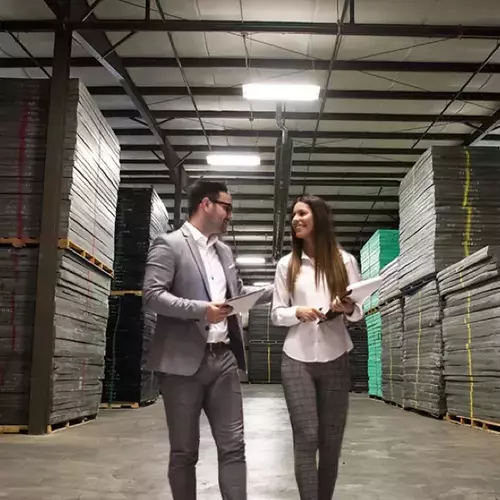
We are leaders in the supply of closed cell polyethylene foam in Mexico. We support various industries by offering a wide range of products and complementary services.





